Home>Dining>Tableware>Classification Of Forks, Spoons, And Knives In Tableware
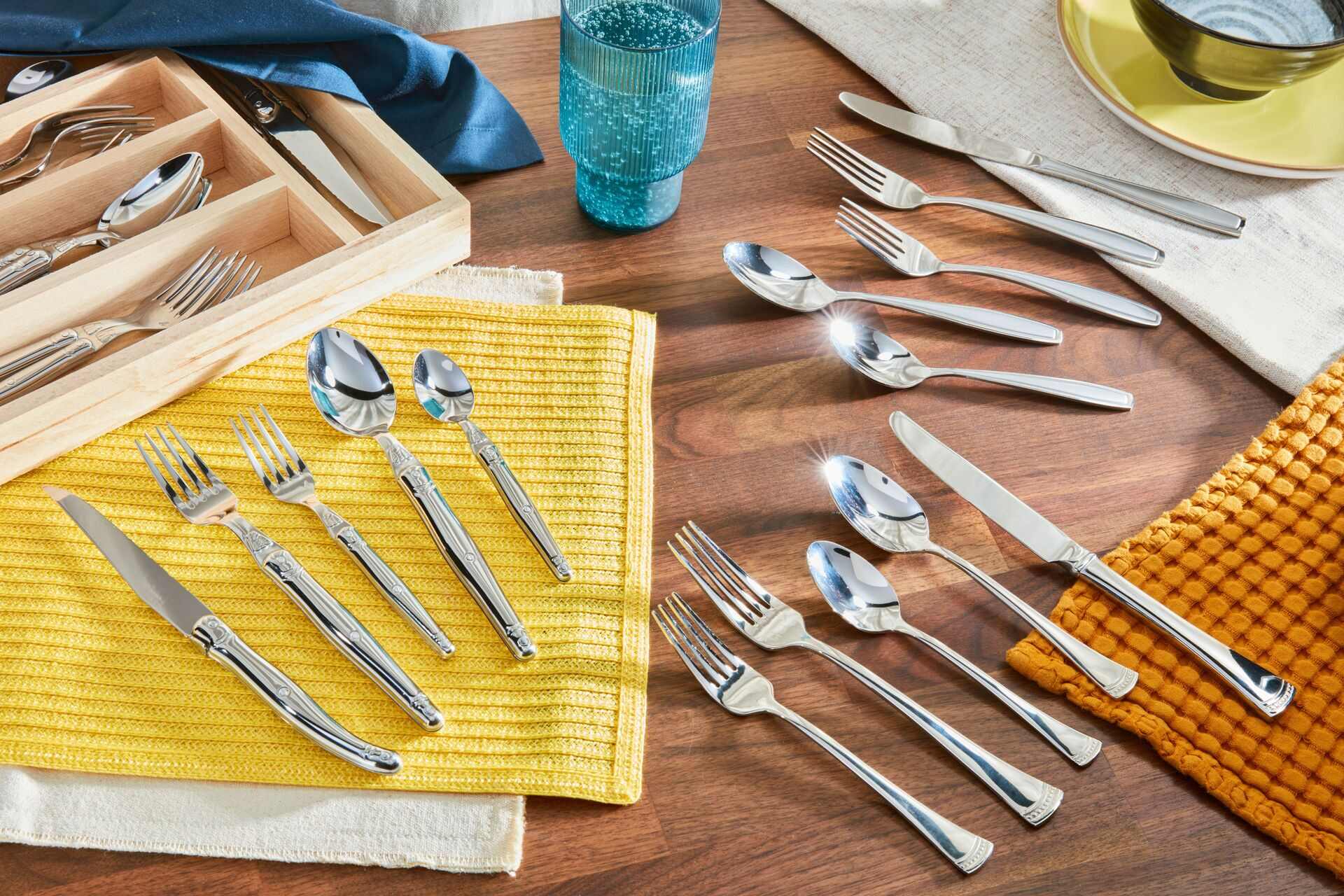

Tableware
Classification Of Forks, Spoons, And Knives In Tableware
Modified: October 20, 2024
Discover the comprehensive classification of forks, spoons, and knives in tableware. Explore the various types and their uses in this informative guide to tableware.
(Many of the links in this article redirect to a specific reviewed product. Your purchase of these products through affiliate links helps to generate commission for Storables.com, at no extra cost. Learn more)
Introduction
Welcome to the fascinating world of tableware! In our modern society, where dining experiences have become more sophisticated and diverse, understanding the different types and classifications of forks, spoons, and knives is essential. From fine dining establishments to casual home meals, tableware plays a significant role in enhancing the overall dining experience.
Tableware refers to the utensils and tools used for serving and consuming food and beverages. It includes a wide range of items, such as plates, bowls, glasses, and cutlery. Among the various types of tableware, forks, spoons, and knives hold special prominence.
Each piece of cutlery in tableware has its unique shape, size, and purpose, making it suitable for specific tasks. Whether it’s enjoying a hearty meal or hosting an elegant dinner party, the proper selection and use of forks, spoons, and knives can elevate the dining experience to a new level of enjoyment.
In this article, we will explore the characteristics of tableware and delve into the classification of forks, spoons, and knives. Understanding the different types and their respective uses will not only impress your guests, but it will also make you appreciate the artistry and functionality of these essential dining tools.
So, get ready to embark on a journey through the world of tableware as we uncover the diverse classifications of forks, spoons, and knives and discover the role they play in creating memorable dining experiences.
Key Takeaways:
- Understanding the diverse classifications of forks, spoons, and knives enhances dining etiquette and elevates the overall culinary experience, adding sophistication to any occasion.
- By appreciating the characteristics and purposes of tableware, one can confidently select the right utensils for specific culinary needs, impressing guests and ensuring a seamless dining experience.
Characteristics of Tableware
Tableware possesses several distinct characteristics that vary depending on the materials used and the intended purpose of the pieces. Understanding these characteristics will help you make informed decisions when selecting the right tableware for your needs:
- Durability: Tableware should be able to withstand frequent use, cleaning, and potential impacts without losing its quality or functionality. Common materials such as porcelain, bone china, and stainless steel are known for their durability.
- Elegance: Many tableware sets are designed to add a touch of elegance to any dining occasion. Fine china and crystal glassware are examples of tableware that exude sophistication and style.
- Functionality: Tableware should be designed to serve its intended purpose effectively. Plates should have a suitable size and depth, glasses should be appropriate for various beverages, and cutlery should be ergonomic and easy to handle.
- Heat Resistance: Tableware should be able to withstand high temperatures without cracking or warping. This is especially important for items intended for oven or microwave use.
- Versatility: Tableware pieces should be versatile enough to be used for various occasions. Sets that include both formal and casual designs allow for flexibility in choosing the right ambiance for different dining experiences.
- Ease of Maintenance: Tableware should be easy to clean and maintain. Dishwasher-safe and stain-resistant materials make the cleaning process hassle-free.
- Design and Aesthetics: Tableware comes in a wide range of designs, colors, and patterns to match different personal tastes and interior styles. Artistic elements and decorative accents add visual appeal to the dining table.
These characteristics play a vital role in determining the quality and functionality of tableware. By considering these aspects, you can make informed choices when selecting the perfect pieces to enhance your dining experience.
Classification of Forks
Forks are essential utensils in tableware, designed to assist with the efficient and convenient consumption of food. They come in various shapes and sizes, each serving a specific purpose. Here are the different classifications of forks:
- Dinner Fork: This is the most commonly used fork in formal dining settings. It is slightly larger than other forks and features four long tines that are evenly spaced. The dinner fork is typically used for the main course.
- Salad Fork: The salad fork is smaller than a dinner fork and has three tines. It is used for eating salads, appetizers, or any course preceding the main course.
- Seafood Fork: As the name suggests, seafood forks are specifically designed for eating seafood, such as shrimp or crabmeat. They come with thin, narrow tines that make it easy to extract delicate meat from shells.
- Dessert Fork: Dessert forks are smaller than dinner forks and have three or four tines. They are used for enjoying desserts like cakes, pies, or pastries.
- Pastry Fork: Pastry forks are similar to dessert forks but feature a wider and slightly curved handle. They are specially designed to cut and serve pastries without squashing or damaging them.
- Gravy Fork: Gravy forks have long, thin tines that are spaced slightly further apart. They are designed to assist in serving and handling pieces of meat that are coated in gravy.
- Meat Fork: Also known as a carving fork, this type of fork has two long, sturdy tines that help in holding and stabilizing larger pieces of meat while carving.
These are just a few examples of the various types of forks in tableware. Each fork serves a specific purpose and is designed to enhance the dining experience. By understanding the different classifications of forks, you can select the most suitable one for each course and elevate your dining etiquette.
When classifying tableware, remember that forks typically have multiple tines for spearing food, spoons have a deep bowl for scooping, and knives have a sharp edge for cutting.
Classification of Spoons
Spoons are versatile utensils that play a crucial role in tableware. They are designed to scoop, stir, and consume various types of food and beverages. Here are the different classifications of spoons:
- Teaspoon: The teaspoon is the smallest spoon in a tableware set, usually used for stirring hot beverages, adding sugar, or enjoying small portions of dessert.
- Tablespoon: The tablespoon is larger than the teaspoon and is used for serving or measuring larger quantities of ingredients while cooking or baking. It is also widely used for enjoying soups or other liquid-based dishes.
- Dessert Spoon: Dessert spoons are similar in size to tablespoons, but they have a narrower and rounder bowl. They are specifically designed for eating desserts or other sweet dishes.
- Soup Spoon: Soup spoons have a round and deep bowl, making it easier to enjoy soups, stews, and other hearty liquid-based dishes without spillage.
- Salad Spoon: Salad spoons come as a pair, with one spoon having a flat bowl and the other a fork-like design. They are used for serving or tossing salads and other mixed dishes.
- Coffee Spoon: Coffee spoons have a shorter handle compared to teaspoons and are used specifically for stirring hot beverages like coffee or tea.
- Iced Tea Spoon: Iced tea spoons have an elongated handle and a small, oval-shaped bowl. They are designed for stirring tall glasses of iced tea or other chilled beverages.
- Caviar Spoon: Caviar spoons are mini-sized spoons made of non-reactive materials like mother of pearl. They are used for serving and enjoying delicate caviar without altering its taste.
These are just a few examples of the different classifications of spoons used in tableware. Each type of spoon serves a specific purpose, whether it’s stirring, scooping, or savoring various dishes and beverages. By understanding the different spoons and their uses, you can ensure that you have the right utensil for each culinary delight.
Classification of Knives
Knives are essential tools in tableware, designed for cutting, slicing, and spreading various types of food. They come in different shapes and sizes, each with its own specific purpose. Here are the different classifications of knives:
- Chef’s Knife: The chef’s knife, also known as a cook’s knife, is the most versatile and commonly used knife in the kitchen. It has a broad and curved blade, ideal for slicing, dicing, and chopping fruits, vegetables, and meats.
- Paring Knife: Paring knives have a short and narrow blade, perfect for precision tasks like peeling, trimming, and garnishing fruits and vegetables.
- Bread Knife: Bread knives have a serrated edge and a long, narrow blade. Their serrations allow for easy slicing through bread without crushing or tearing it.
- Utility Knife: Utility knives have a medium-sized blade that can handle various tasks in the kitchen, such as slicing sandwiches, cutting cheese, and trimming meat.
- Steak Knife: Steak knives have a sharp, narrow blade, designed specifically for cutting through thick cuts of meat, such as steaks or roasts.
- Boning Knife: Boning knives have a thin, flexible blade, perfect for removing bones from meat, poultry, and fish with precision and ease.
- Fillet Knife: Fillet knives have a long, thin, and flexible blade, specifically designed for filleting fish and removing skin with utmost precision.
- Butter Knife: Butter knives have a flat, rounded blade with a blunt edge, ideal for spreading butter, jams, or other spreads onto bread or toast.
- Cheese Knife: Cheese knives come in various shapes and sizes, each designed to handle different types of cheese. Common variations include cheese planes, cheese spreaders, and cheese cleavers.
These are just a few examples of the different classifications of knives used in tableware. Each knife is carefully crafted to fulfill specific cutting tasks and enhance the dining experience. By understanding the different types of knives and their purposes, you can ensure that you have the right tool for every culinary need.
Conclusion
Tableware is more than just a collection of utensils. It is an essential part of creating a memorable dining experience. Understanding the characteristics and classifications of forks, spoons, and knives allows us to appreciate their role in enhancing our meals and showcasing our culinary skills.
Forks, with their various sizes and designs, help us elegantly navigate through our main courses, salads, and desserts. Spoons, with their different shapes and sizes, assist us in savoring soups, desserts, and various other dishes. Knives, with their distinct blades and handles, enable us to precisely cut, slice, and spread our favorite foods.
Each piece of tableware has its own charm and purpose, making dining an art form. From formal dinners to casual gatherings, having the appropriate forks, spoons, and knives adds a touch of sophistication to any occasion.
Additionally, understanding the different classifications of tableware enables us to make informed choices. Whether selecting the right fork for a seafood feast or choosing the perfect knife for carving a holiday roast, having the right tools at our disposal ensures a seamless and enjoyable dining experience.
So, the next time you set the table or attend a dinner party, take a moment to appreciate the beauty and functionality of tableware. Remember the role that forks, spoons, and knives play in our culinary adventures.
Now armed with the knowledge of tableware classification, you can confidently navigate through the diverse world of dining, impressing your guests and elevating your own dining experiences. Happy dining!
Frequently Asked Questions about Classification Of Forks, Spoons, And Knives In Tableware
Was this page helpful?
At Storables.com, we guarantee accurate and reliable information. Our content, validated by Expert Board Contributors, is crafted following stringent Editorial Policies. We're committed to providing you with well-researched, expert-backed insights for all your informational needs.

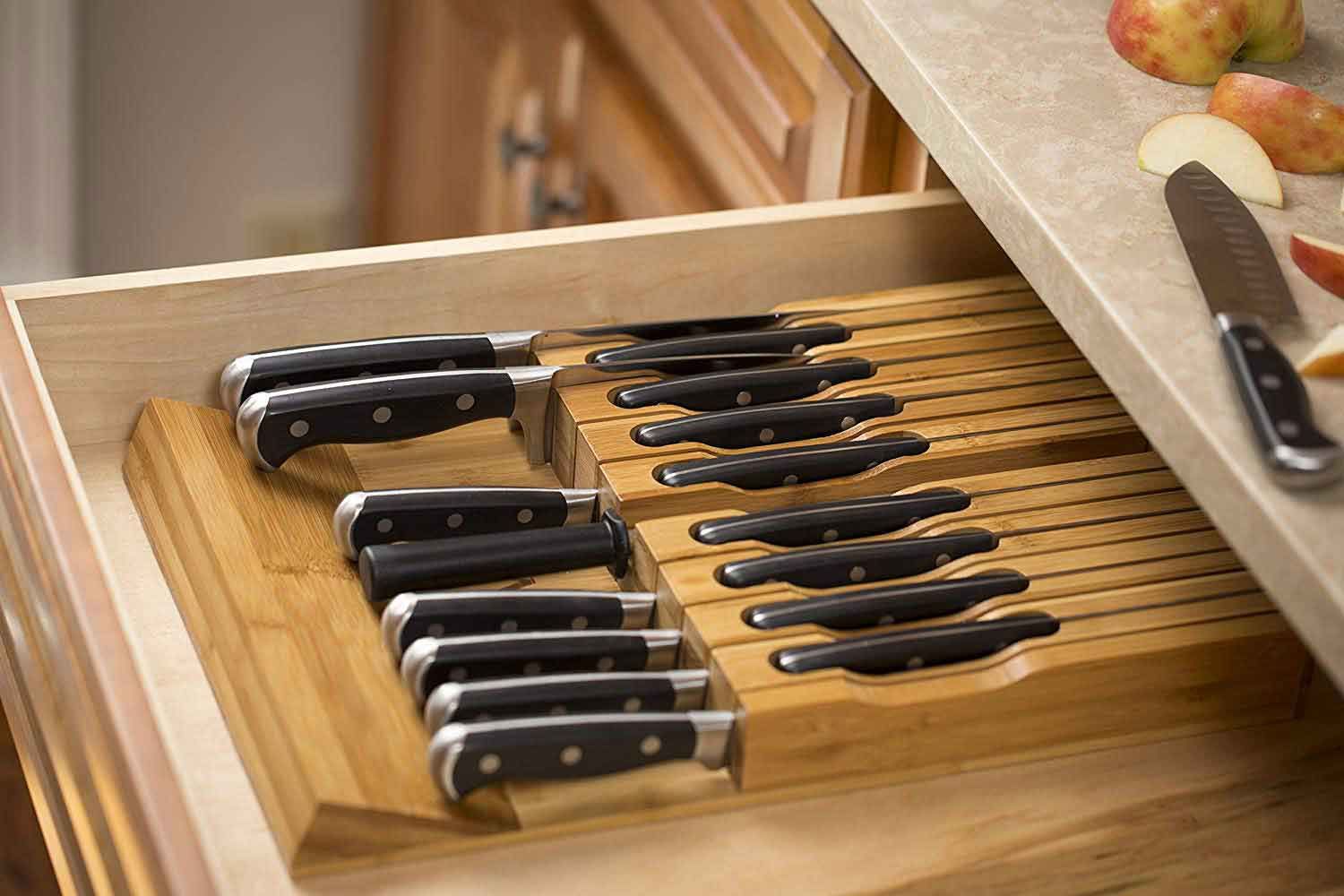
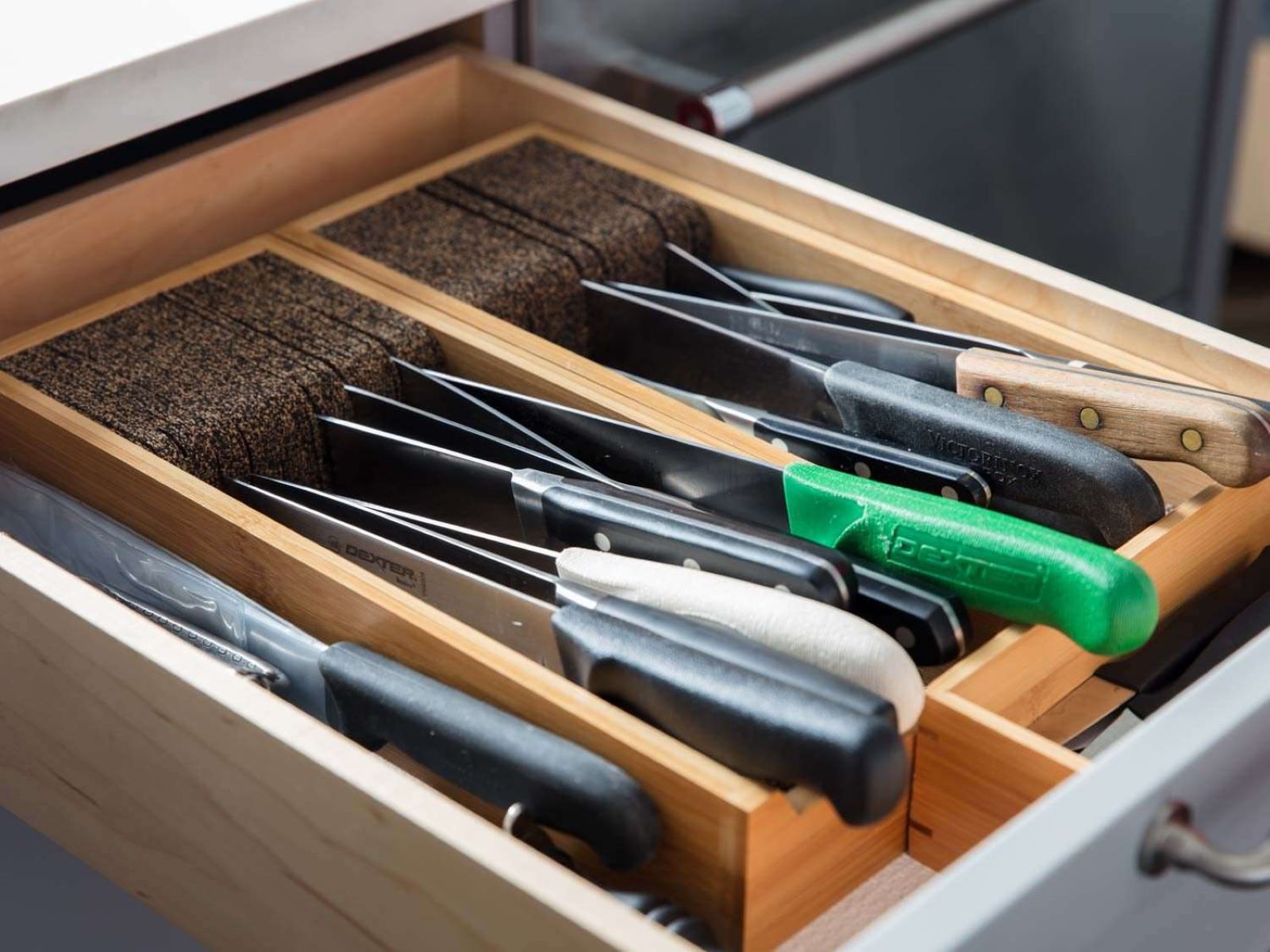
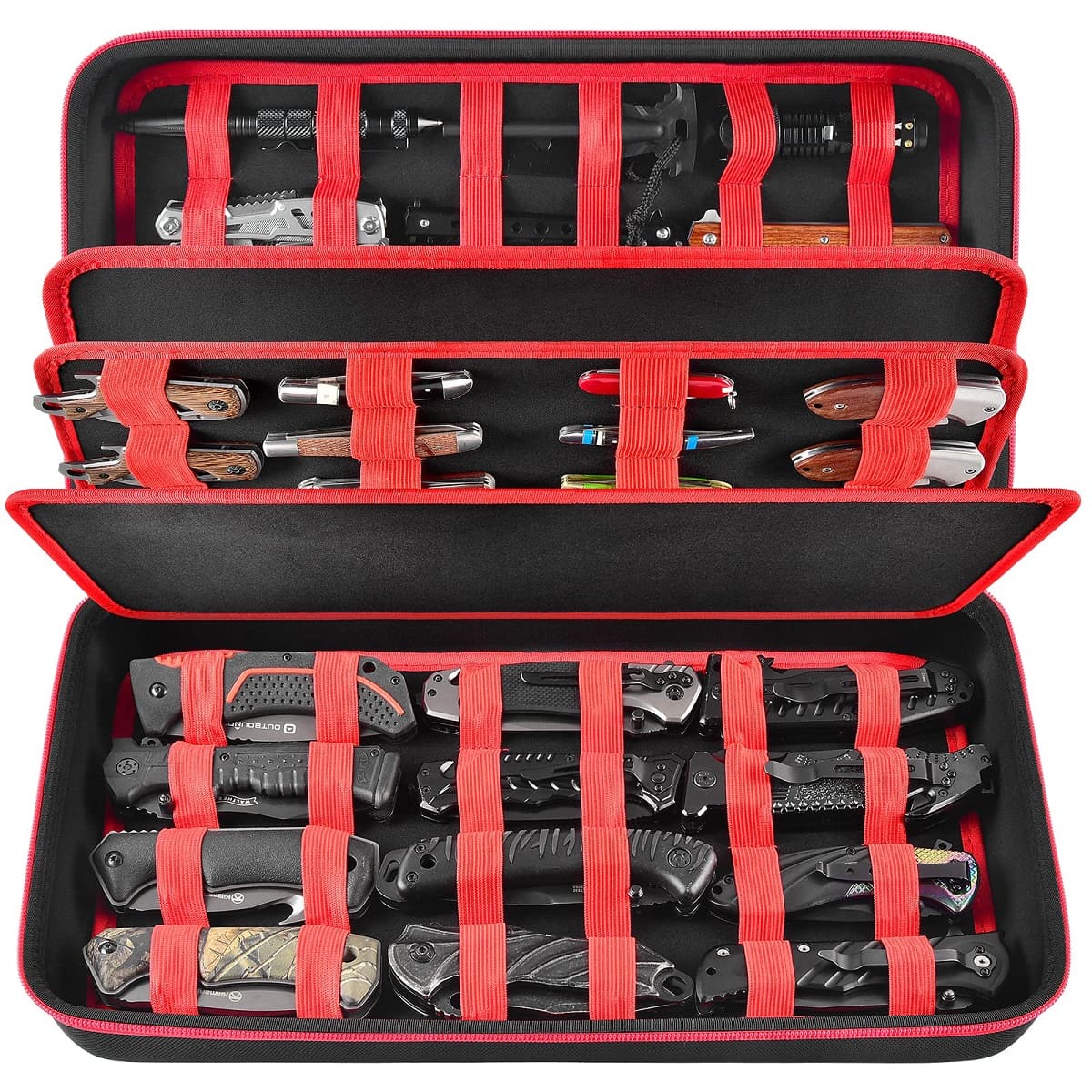
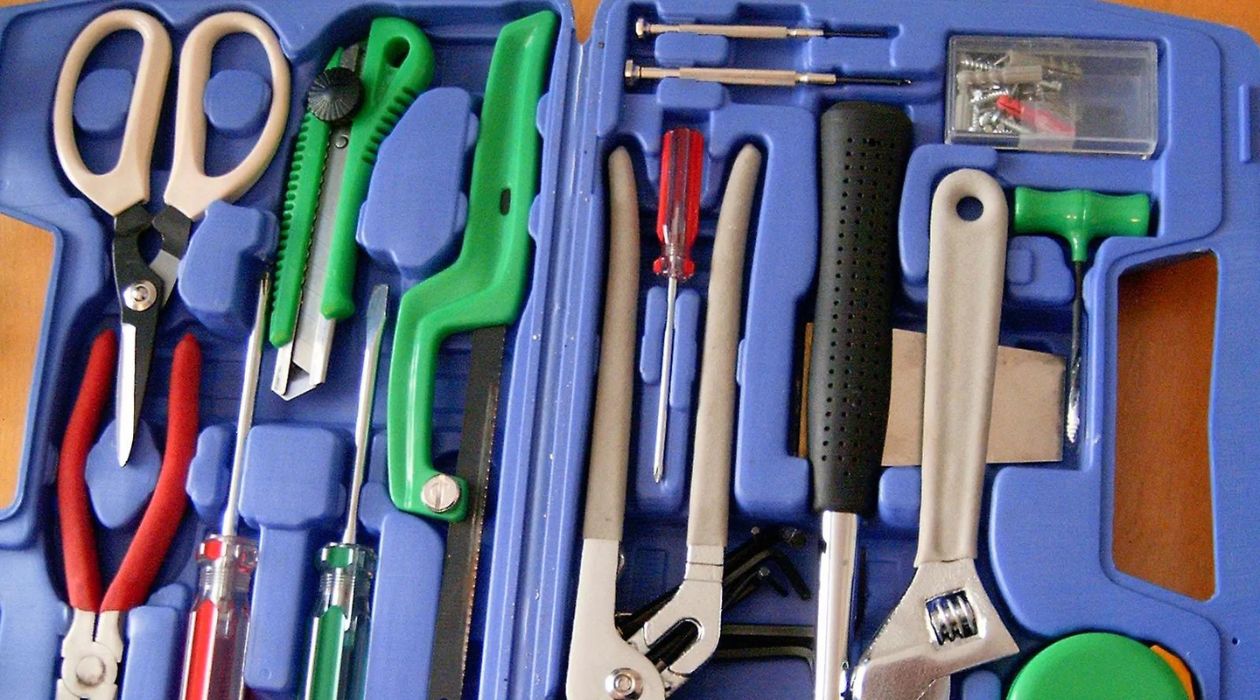
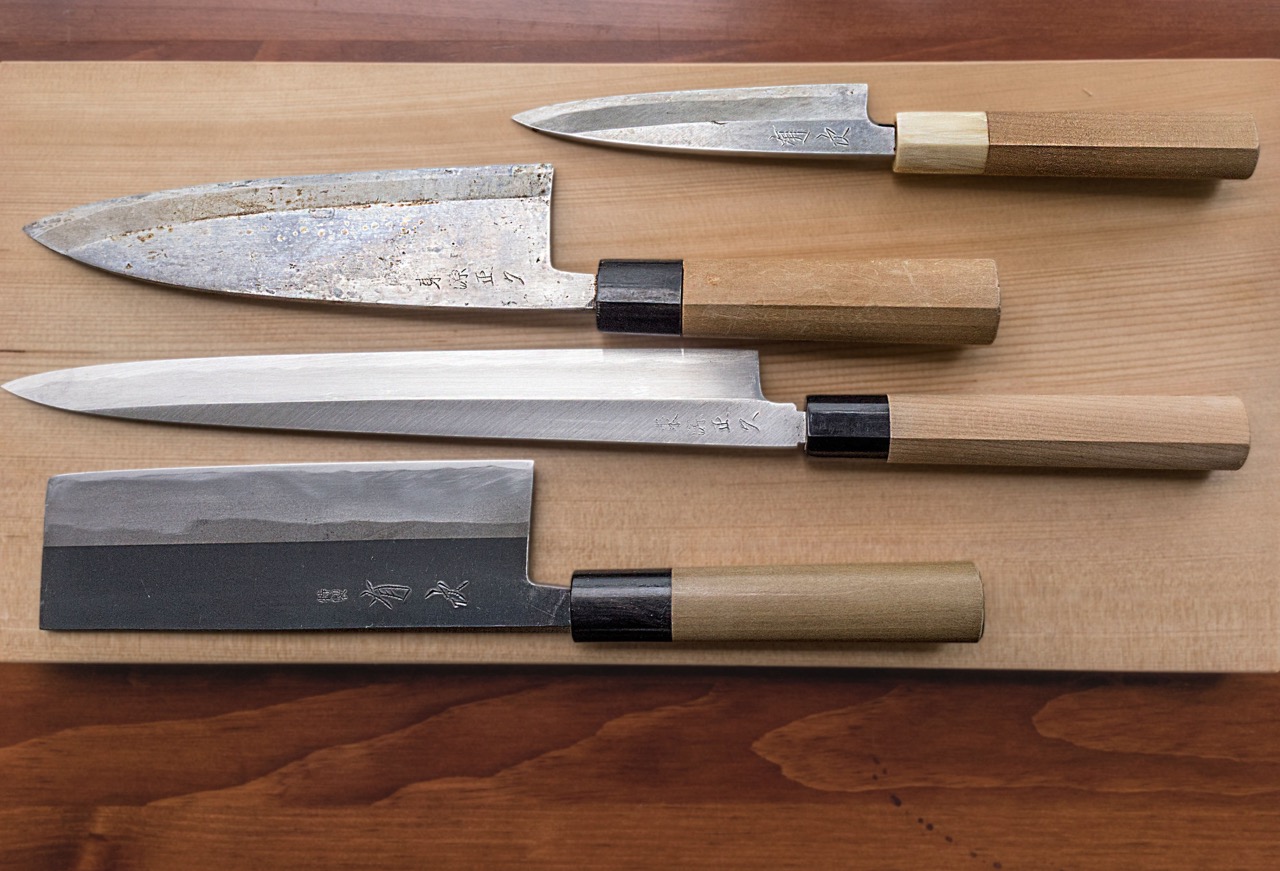
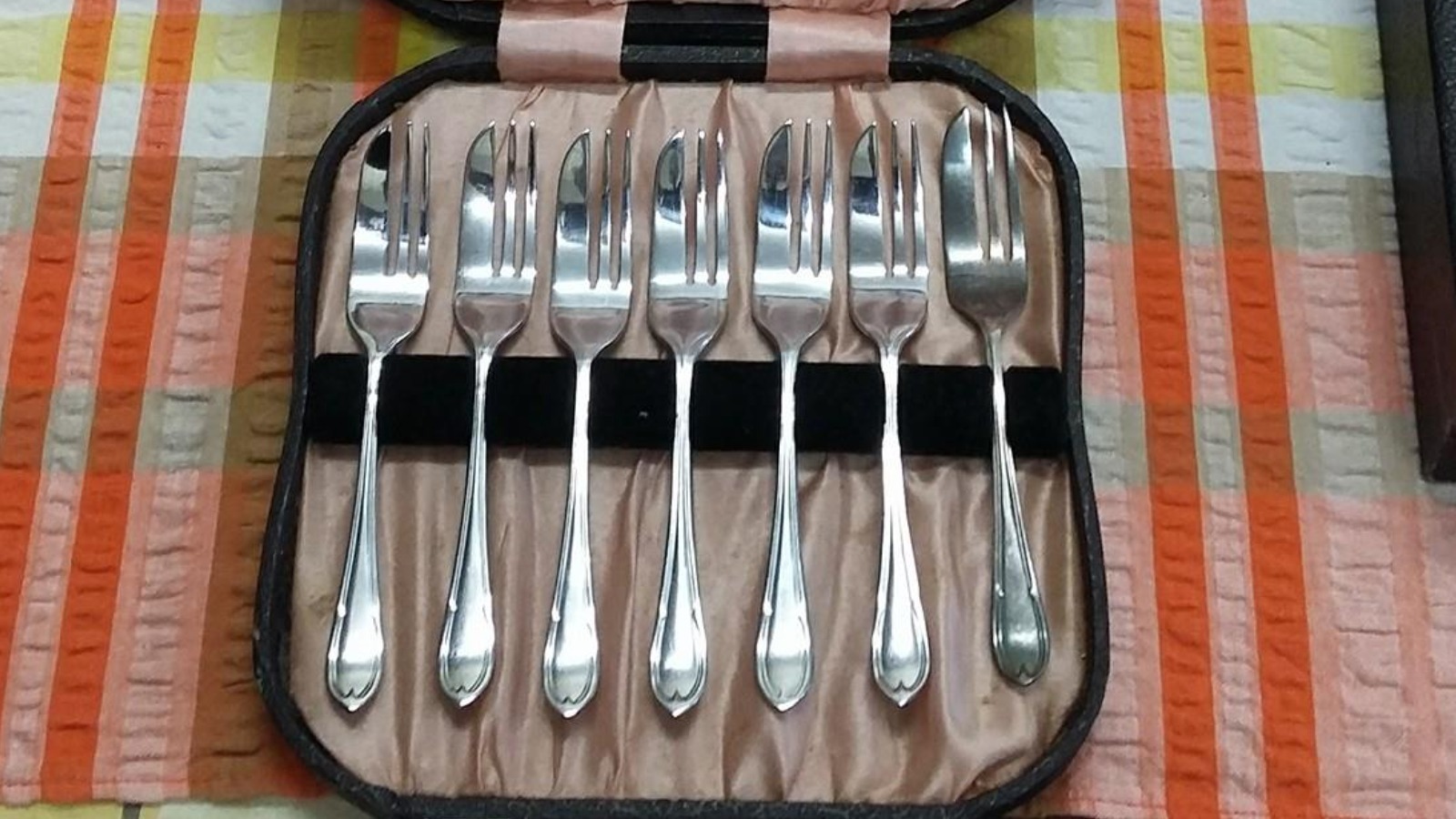
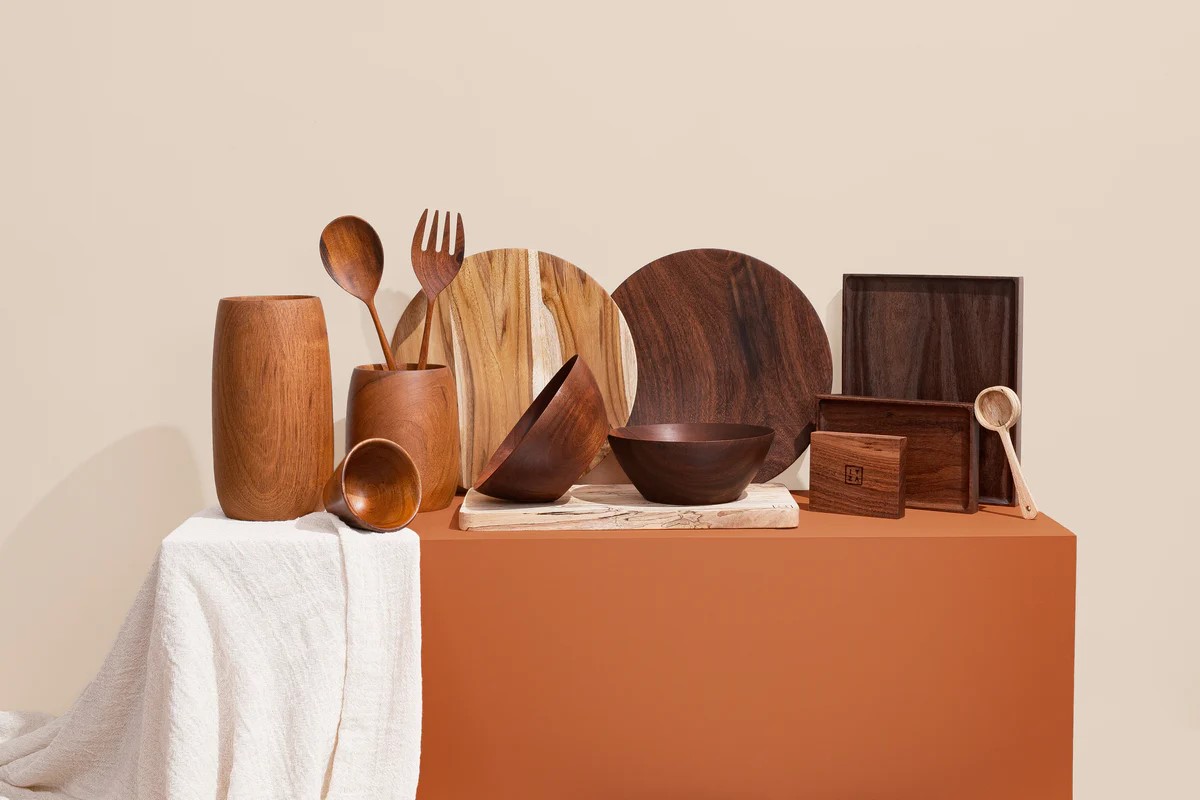
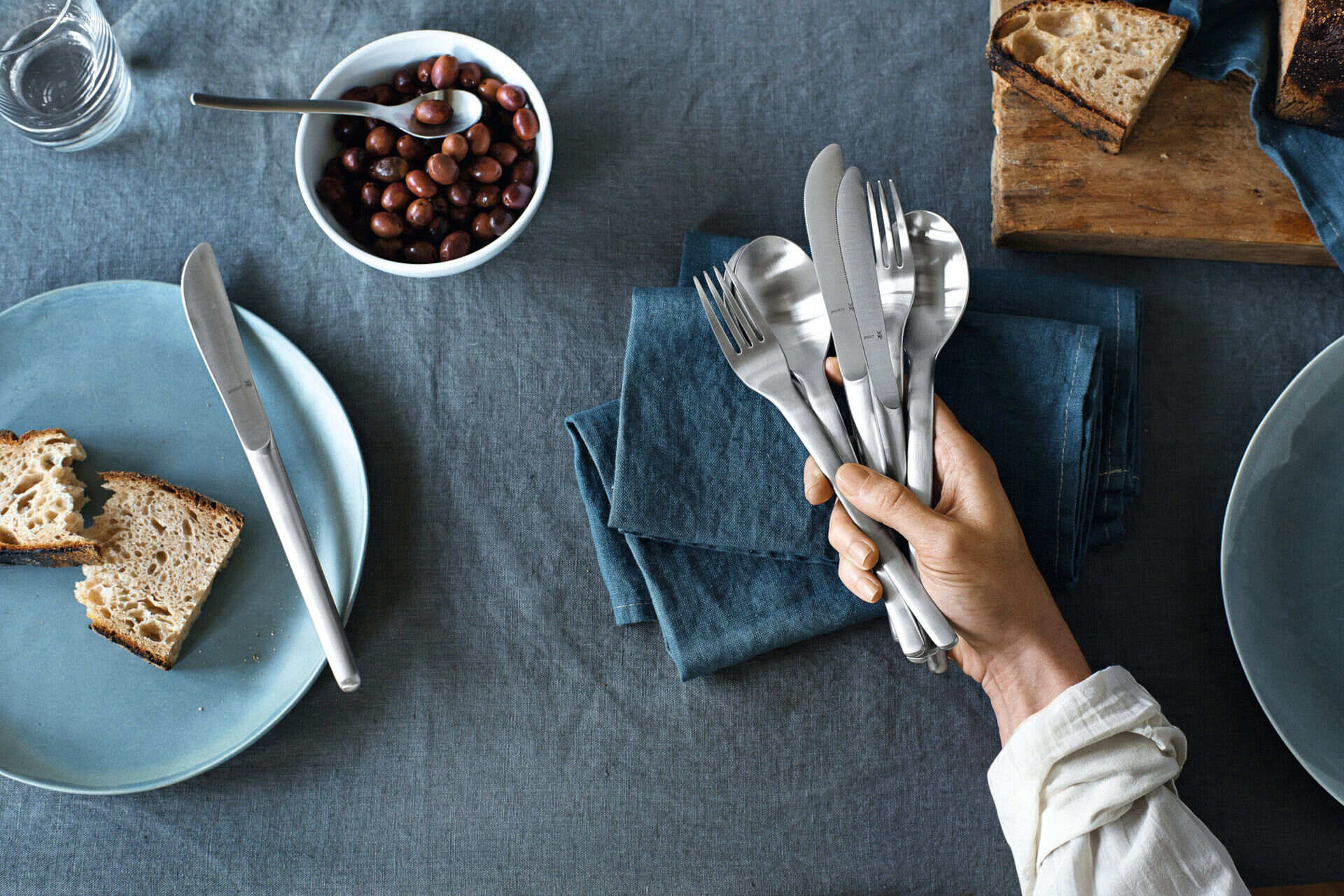
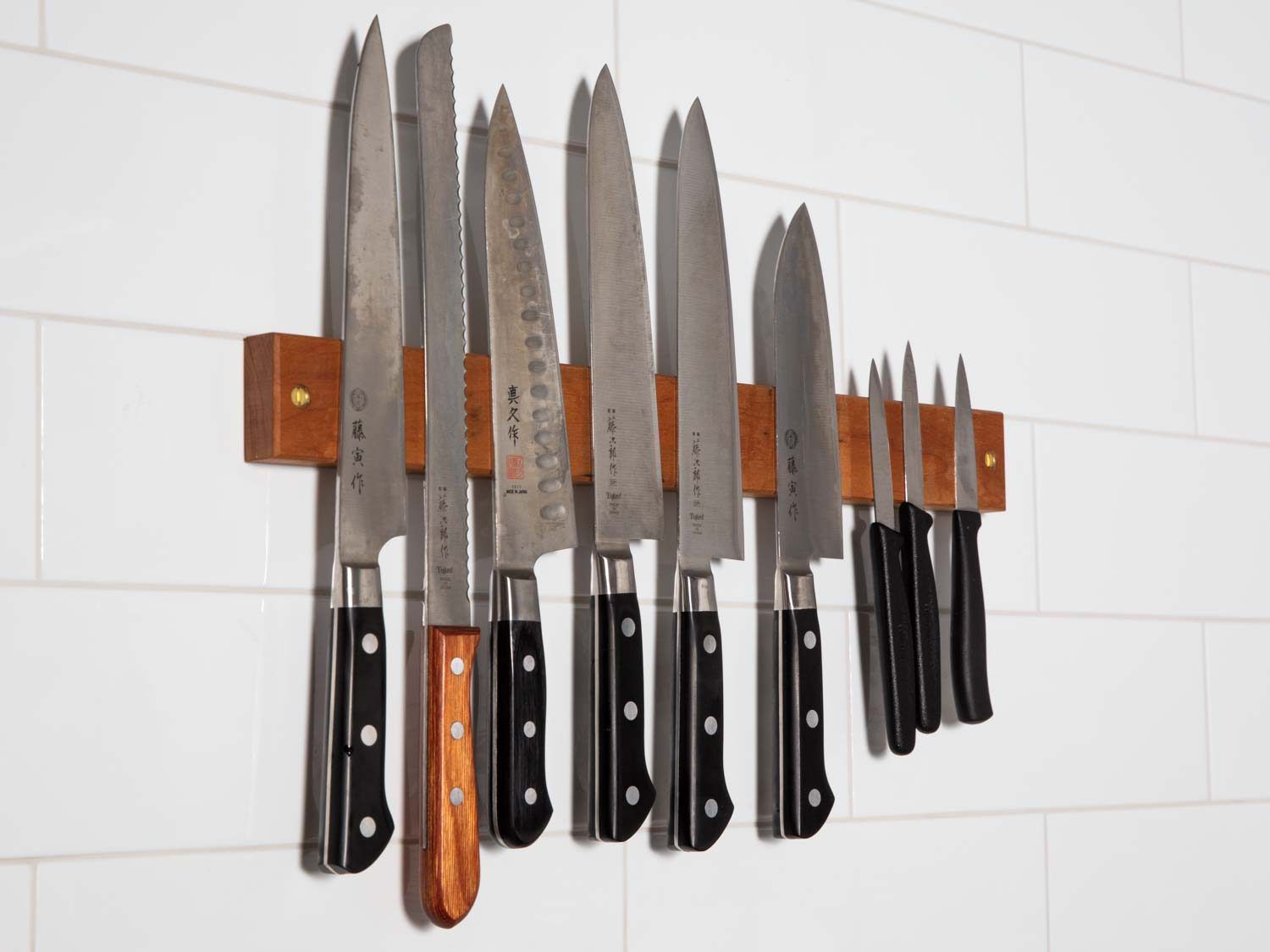
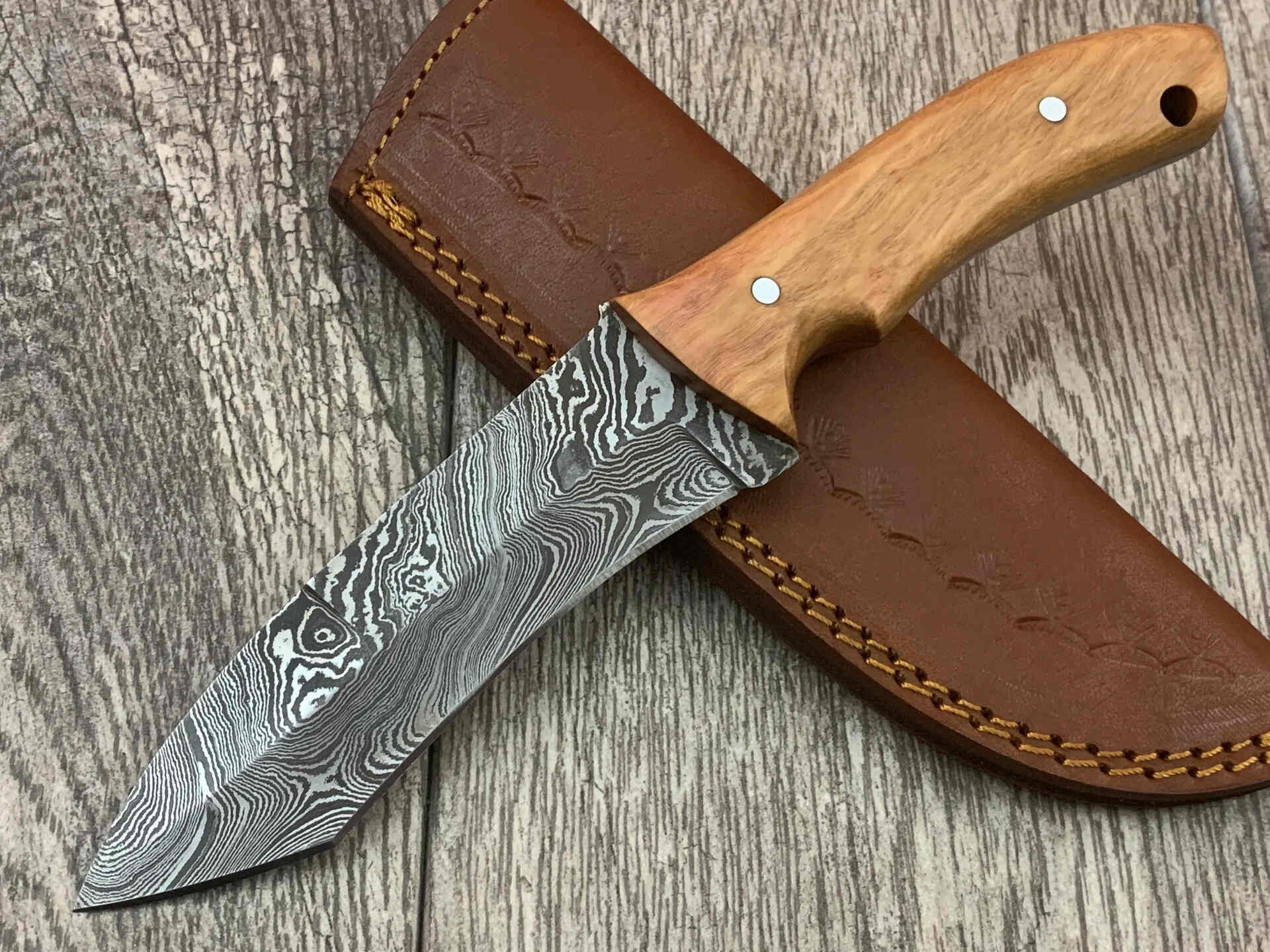
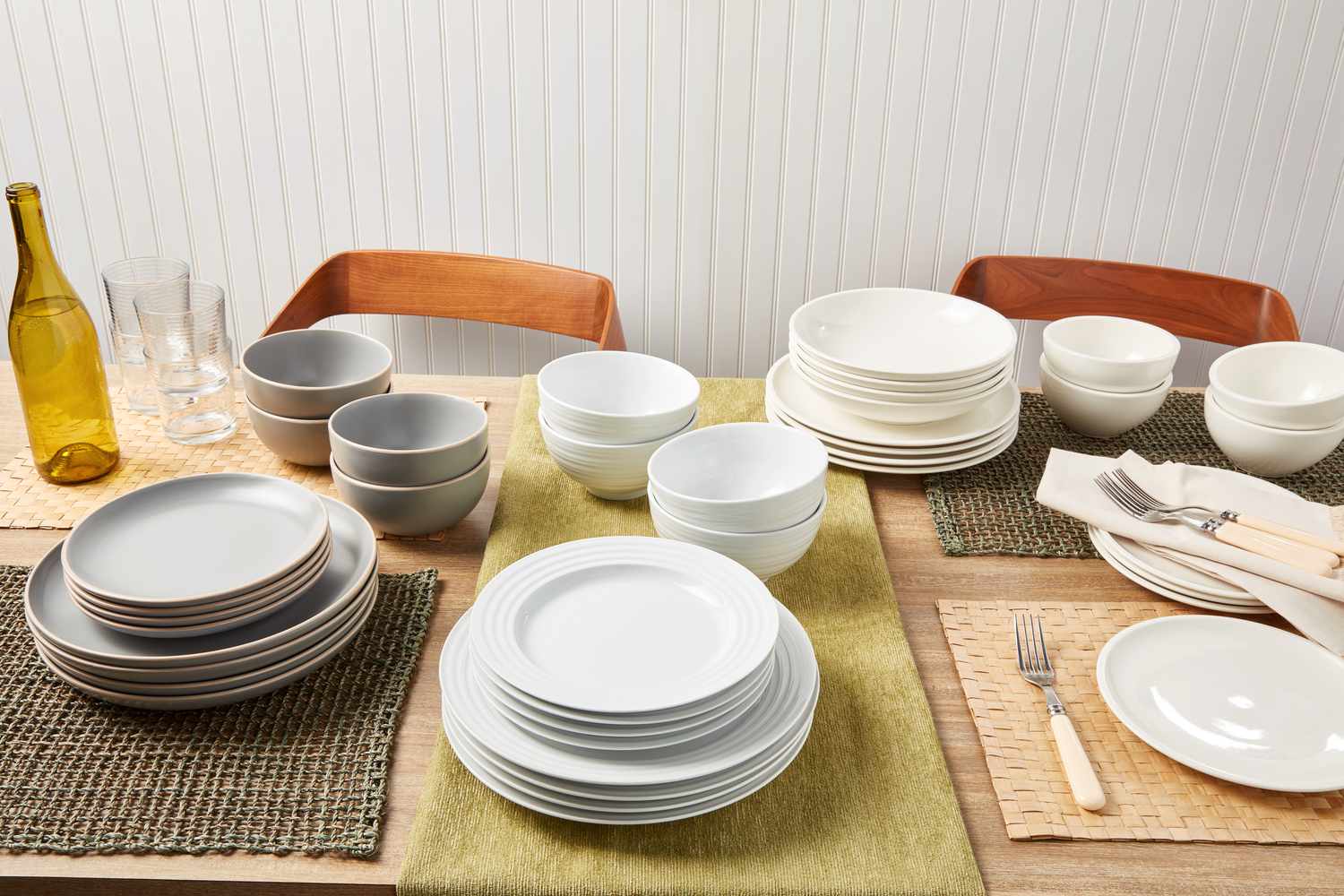
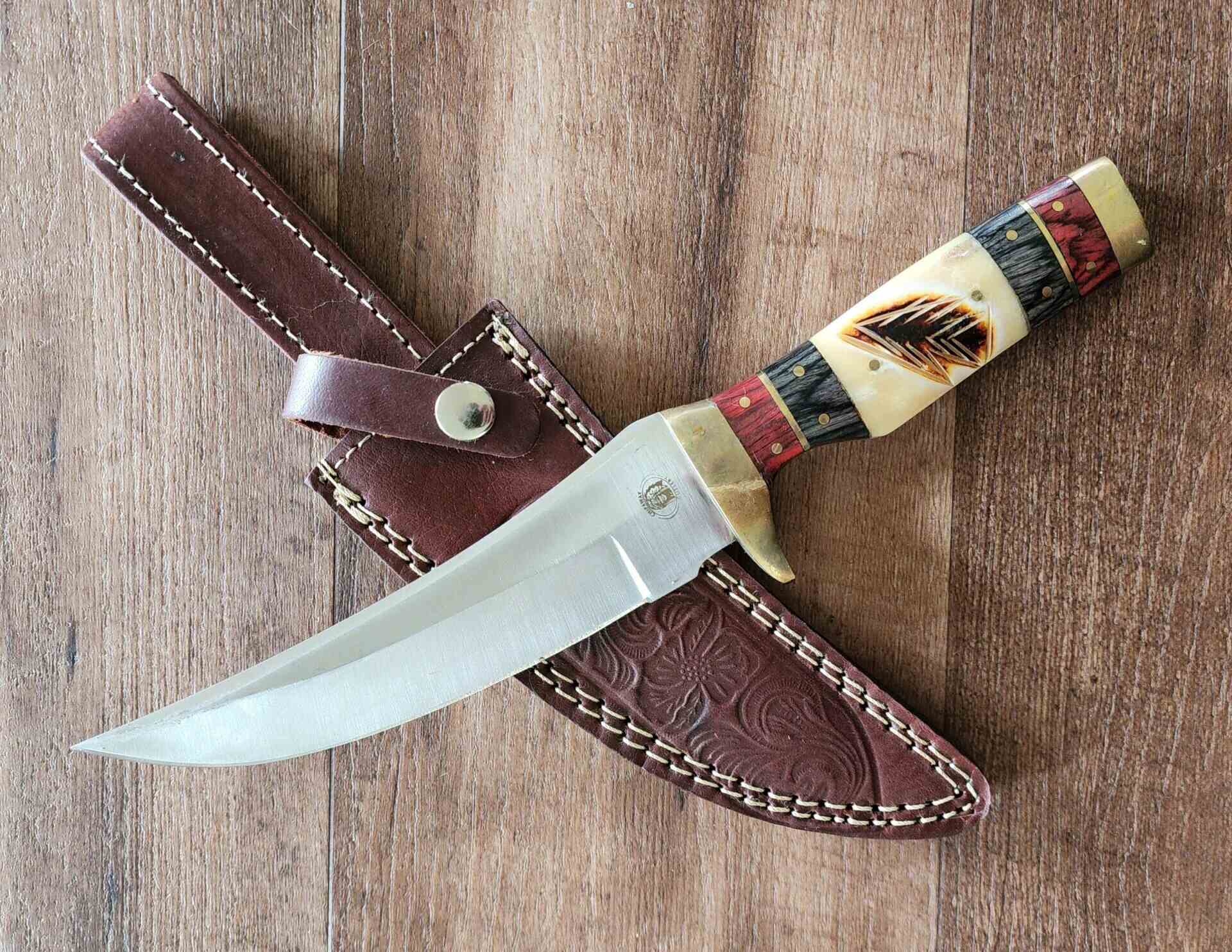
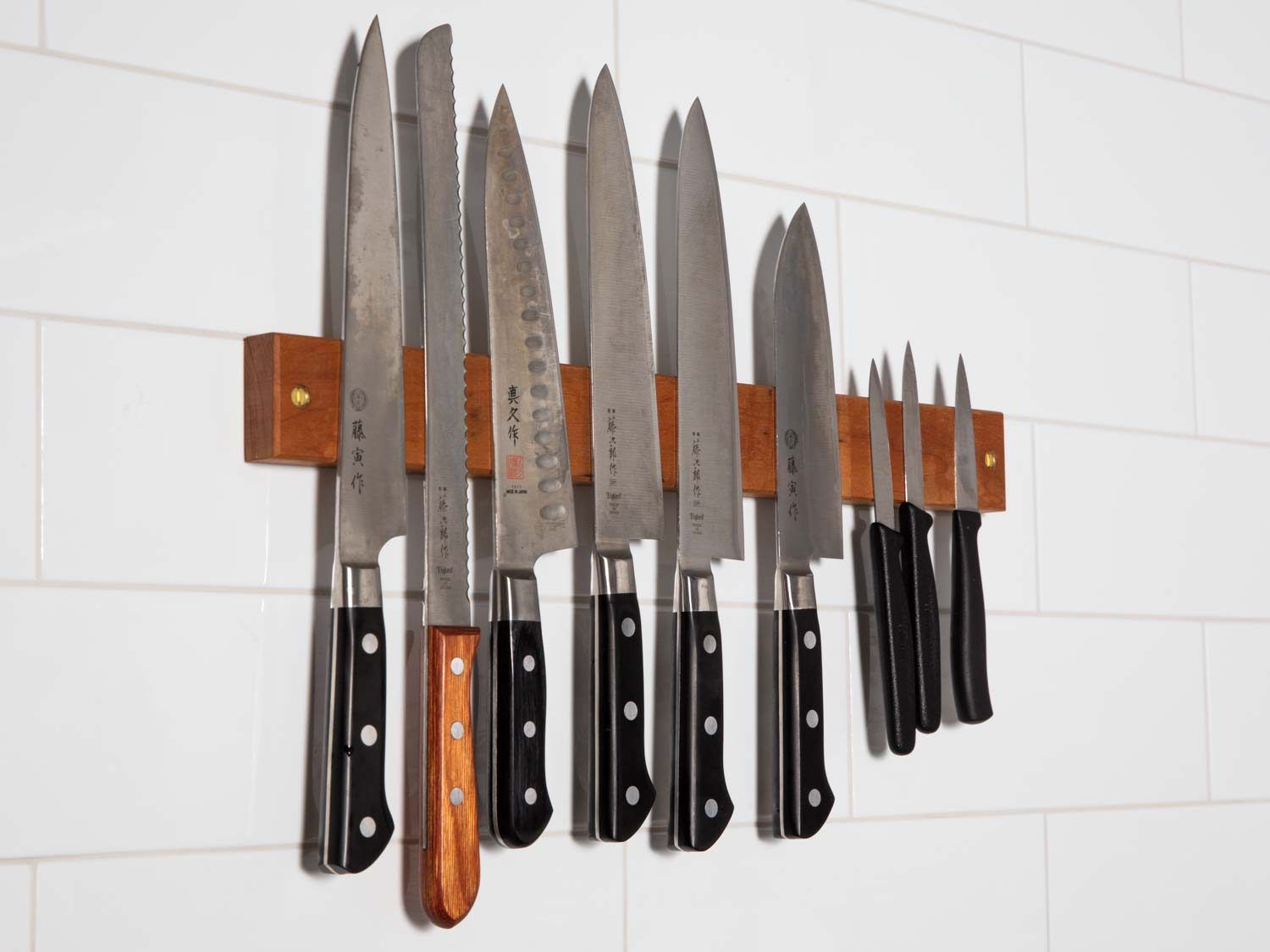

0 thoughts on “Classification Of Forks, Spoons, And Knives In Tableware”